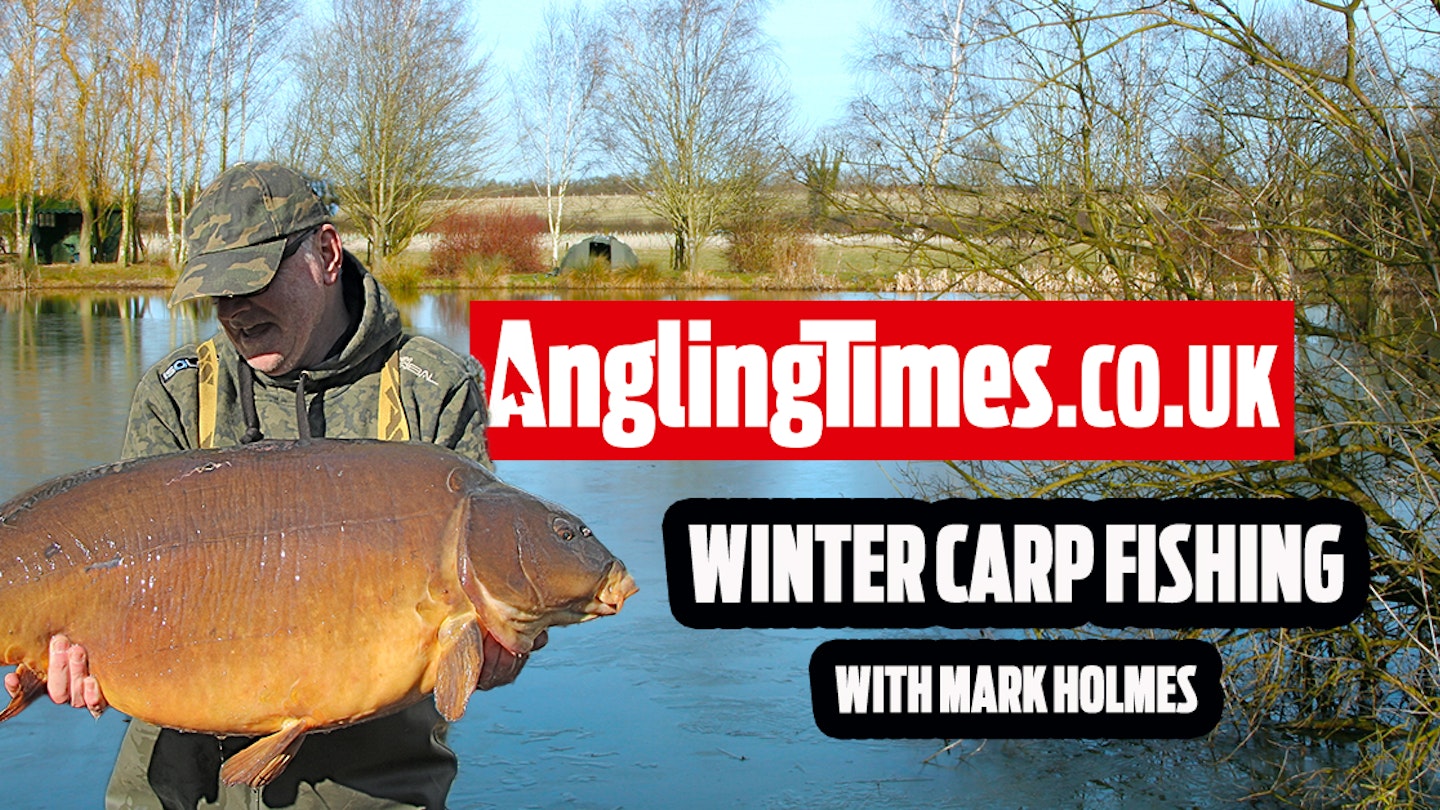I used to believe many years ago that carp were almost impossible to catch once the clocks had gone back and the temperatures plummeted. In fact, in Yorkshire, we used to start getting hard frosts in early October. How times have changed.
With the increasing global temperatures, ‘Indian Summers’ seem the norm, and lately, most lakes in the UK don’t freeze over until January or February. This change in the weather patterns works very much in the favour of the carp angler. Our cold-water forays to the lake are now worth the effort, rather than mere pilgrimages of hope.
For many of us older carpers, the days of piking in the cold weather – you’d no chance of a carp – have long gone.
WINTER WEATHER CAN BE DEMANDING, MAKE SURE YOU CHOOSE ONE OF THE BEST BIVVIES TO STAY COMFORTABLE ON THE BANK.
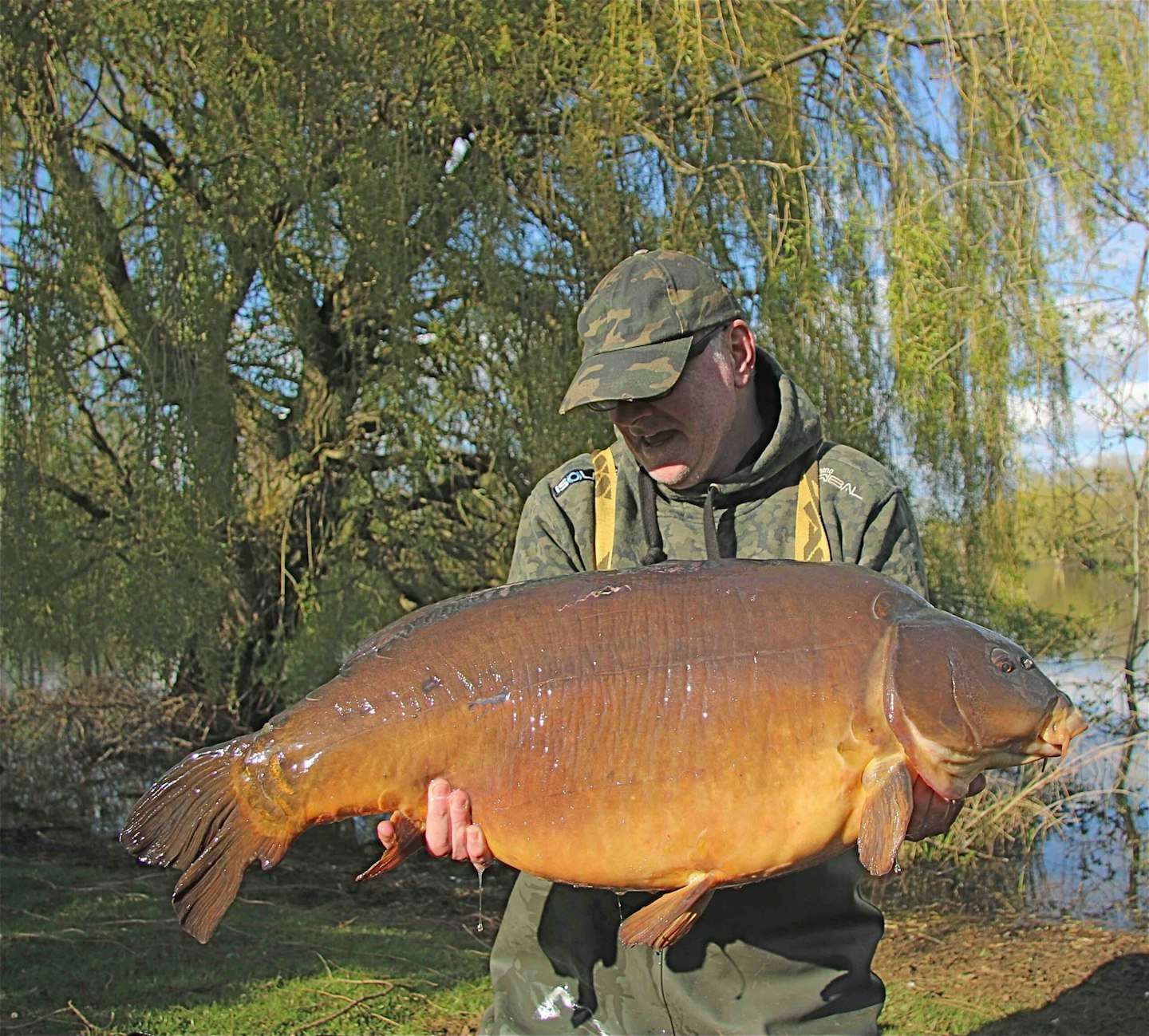
How falling temperatures impact the carp
Initially, the keys to successful big carp fishing in cold water are location, memory and consistency. Let me try to break those down for you.
Location is simplistic, but it’s vital to remember that a carp’s metabolism starts to slow down as the water temperatures fall. In fact, when the water starts to drop below 18 degrees Celsius, that’s when their metabolic system starts to reduce too.
However, until the water temperature falls below 5 degrees Celsius I’ve found they will still move on to baited hotspots, as long as food is freely available. This is why a sustained baiting campaign works.
THERE ARE LOTS OF BAITS YOU CAN USE DURING THE WINTER, CHECK OUT OUR GUIDE TO THE BEST BAITS FOR CARP FISHING AVAILABLE.
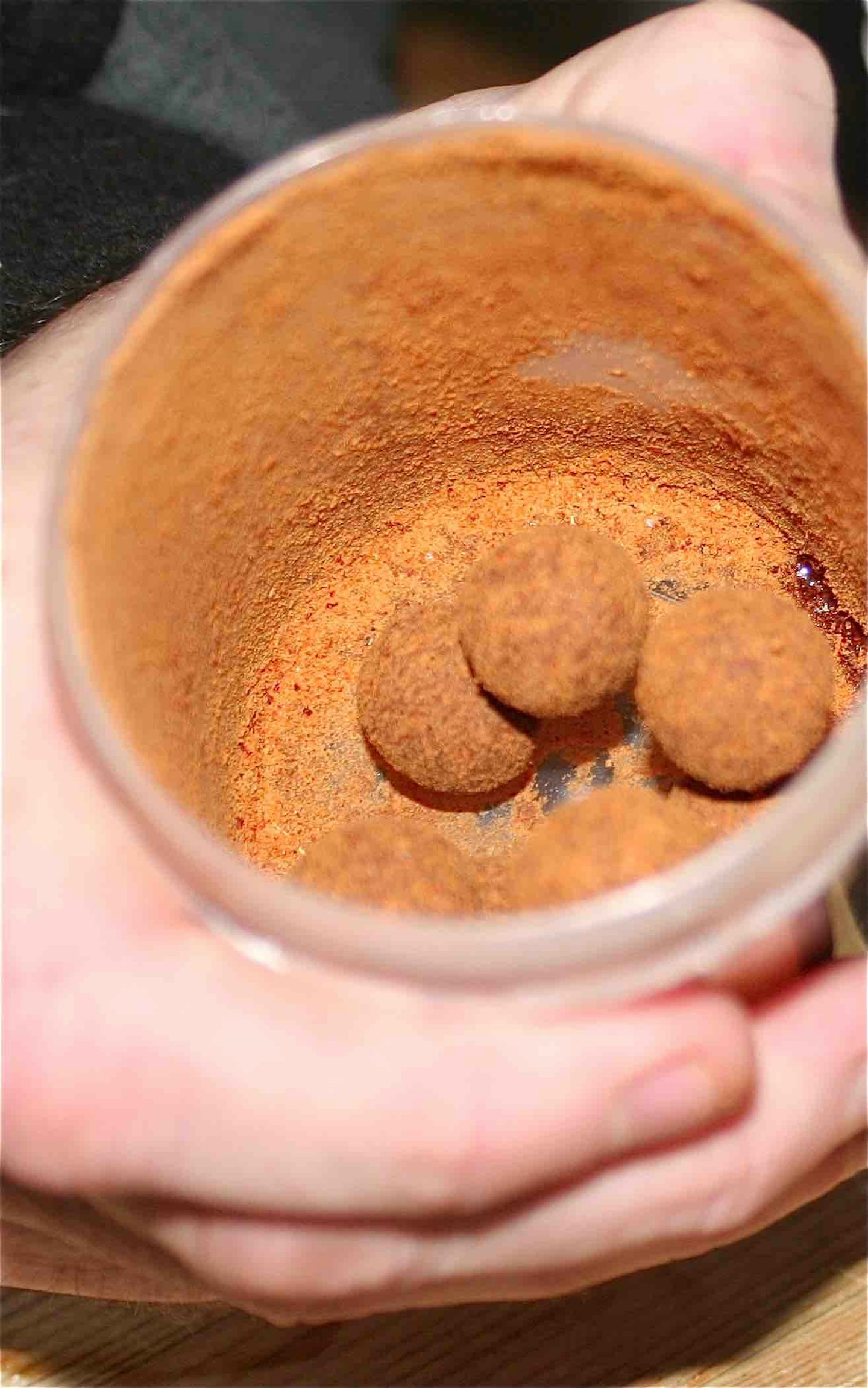
Where fishes best in the cold?
The amount of bait made available on the above-mentioned hotspots is venue specific. On shallow lakes, where tree cover is less and the wind blows across the entire surface, I’ve found carp to be more mobile across a larger area.
The smaller lakes, that are quite deep say, 15ft or more, and tree-lined – are far quicker to shut down, and the carp become less mobile, in my experience. Here you need to understand the topography of your venue intimately.
I can remember years ago, when I was winter fishing in the Cotswolds, the lake partially froze, but I found a depression that was 2ft deeper than most other places in the 6ft deep lake. I placed two rods on this spot and caught consistently from there throughout freezing conditions.
YOU NEED TO BE ON THE RIGHT LAKES FOR THE BEST CHANCE OF A WINTER CARP. HERE IS OUR GUIDE TO THE BEST WINTER CARP RUNS WATERS.
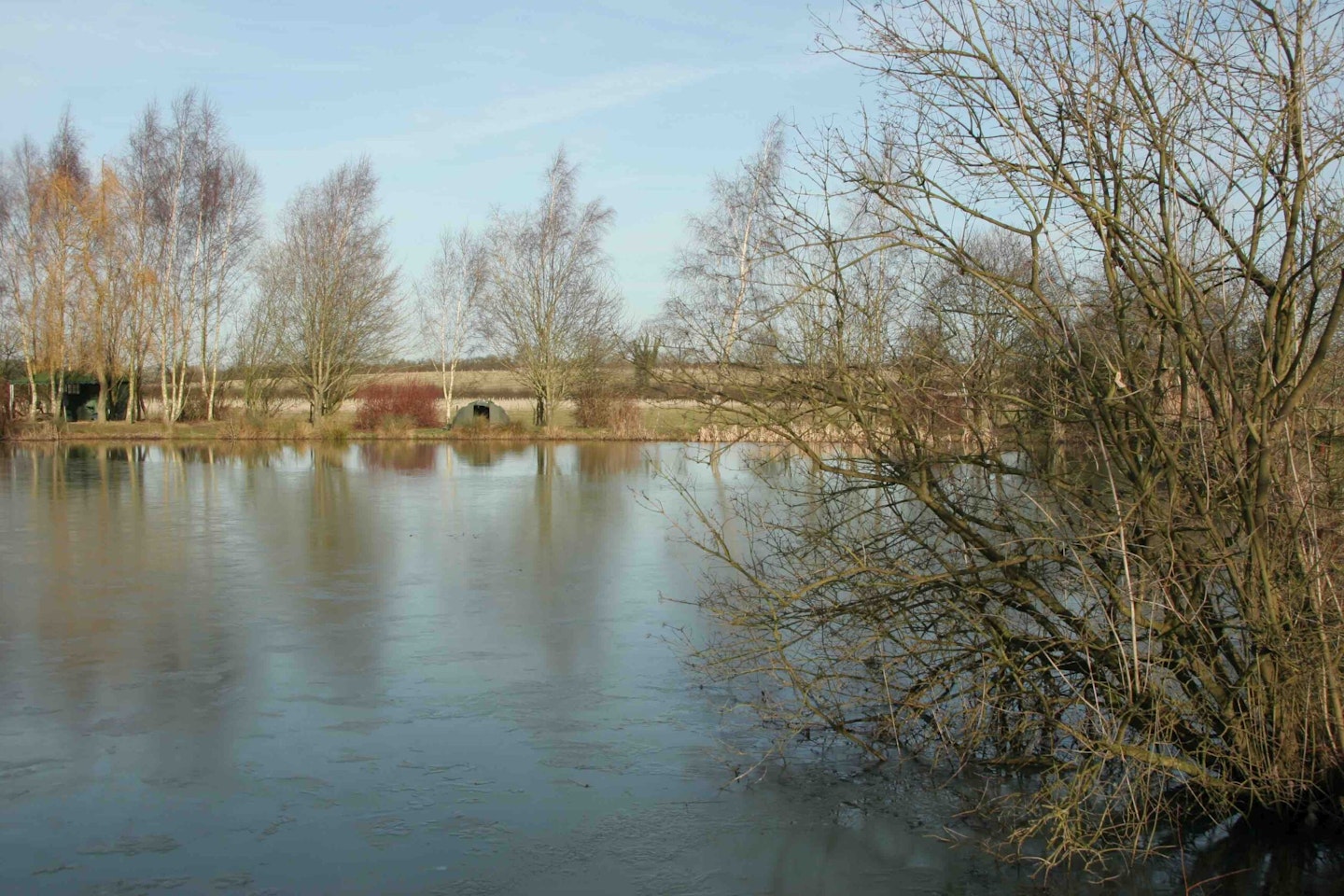
Make notes
Of course, my reference to memory being important is that all the details already mentioned – plus fish sightings, bubbling, coloured water and previous captures – are vital pieces of information that can easily be forgotten.
Years ago, carp anglers would write copious notes to recall all this, a trait that has died out these days. However, we all have a mobile phone with various apps on there that will allow us to make notes.
I make sure I write down all these little info-nuggets to read back and apply, so I don’t forget and things like bite times, temperatures and air pressure can all be important information. When you get older it’s amazing how remembering facts can become difficult. Of course, you younger carp anglers can possibly retain all this in your stored memory banks and just relate to it. The pertinent point is to remember to remember!
Put in the effort
The reference to consistency is, again, quite logical. The more you keep going, the better chance you have. It may only be a day or a week, but it’s important. It is also worth a mention that often the daytime is the best chance for a bite, when the low angle of the sun hits the shallow water.
Carp are known for loving the sun and, as is often mentioned, the spot where the early sunrise touches the water first is always worth a go. The angler who keeps fishing through the blanks of winter will also build up a pattern in their mind of when bite time is most likely. Big carp are creatures of habit, and even more so in the colder, darker months.
DON'T BE LEFT IN THE DARK THIS WINTER AND GRAB ONE OF THE BEST FISHING HEADTORCHES IN THIS BUYER'S GUIDE.
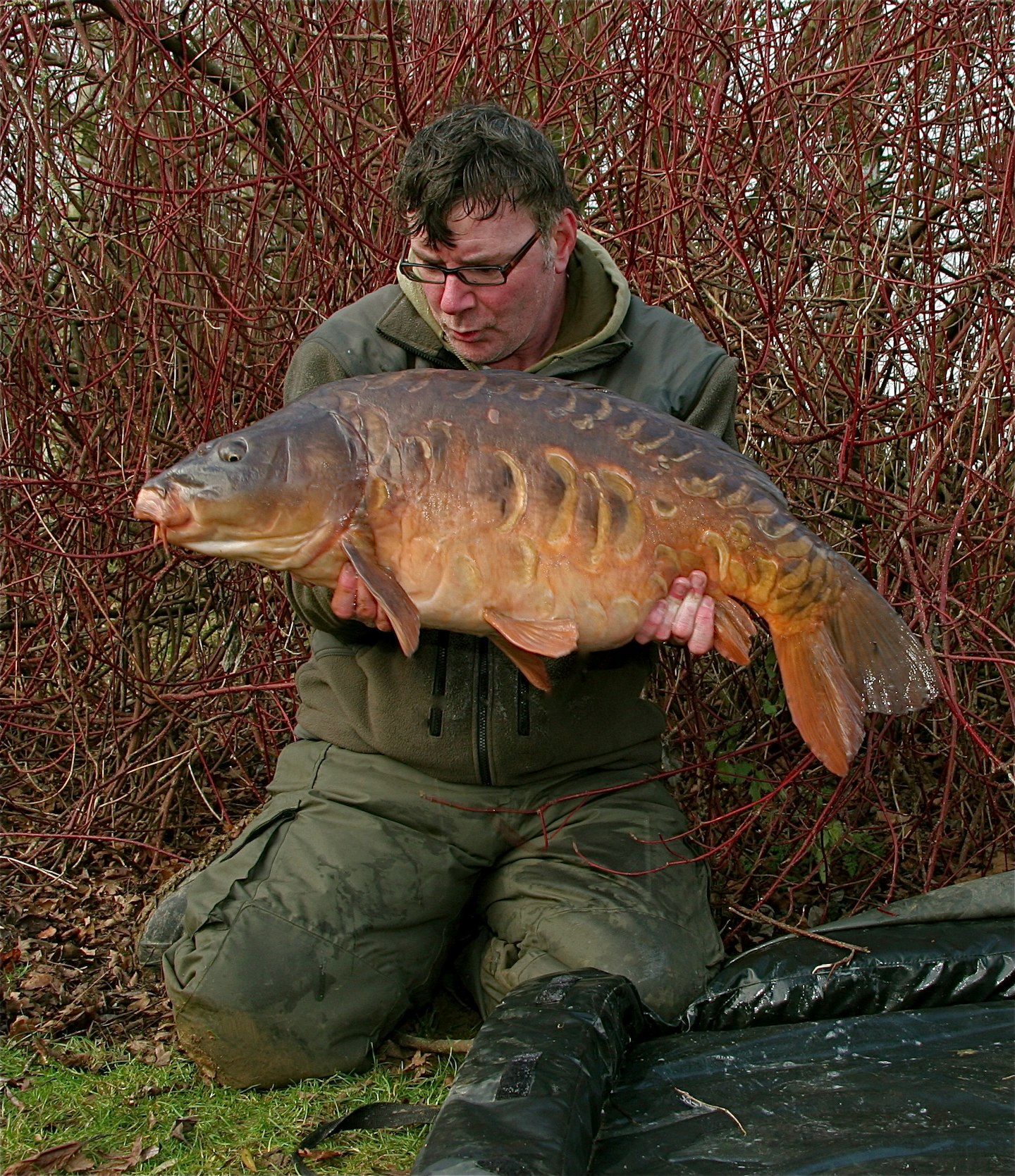
The business end
Finally, I need to mention a little about bait and rigs. Solubility is the number one key for bait in cold water. You really need to keep the saturated fat levels down to a minimum.
On the rig side of things, of course, when you get a bite, you’ll need to know you’ve got a bite. That’s why I advocate short traces, heavy leads and bowstring-taut lines for most of my winter fishing. Rod-tips are up in the air, akin to river barbel fishing. Any pull of the rod-tip that stays is a take, and I would strongly advise you react to it.
In conclusion, cold-water big carp fishing has never been as attractive as now, so with the plethora of tackle to make your session more comfortable, why not give it a try? See you on the bank in the coming months.
FIND THE BEST WINTER BOILIES FOR CARP FISHING BY CHECKING OUT OUR BUYER'S GUIDE.

This page is a free example of the amazing content Angling Times Members get every single week. Becoming an Angling Times Member gives you access to award-winning magazine content, member rewards, our back issue archives, bonus content and more! Join our fishing community and find out more today!
